The year 2025 promises to be a crucial year for Japan’s cultural landscape, with a nationwide program of events. Exhibitions, reviews and art installations will transform islands, cities and rural areas into exhibition stages, offering a multifaceted view of Japanese creativity and its interaction with landscape, society and memory. From the inland areas of Niigata Prefecture to the islands of the Seto Inland Sea, passing through metropolises such as Tokyo, Kyoto and Osaka, the cultural offerings of the Land of the Rising Sun are articulated in proposals that combine contemporary art, experimental architecture and digital languages, involving Japanese and international artists.
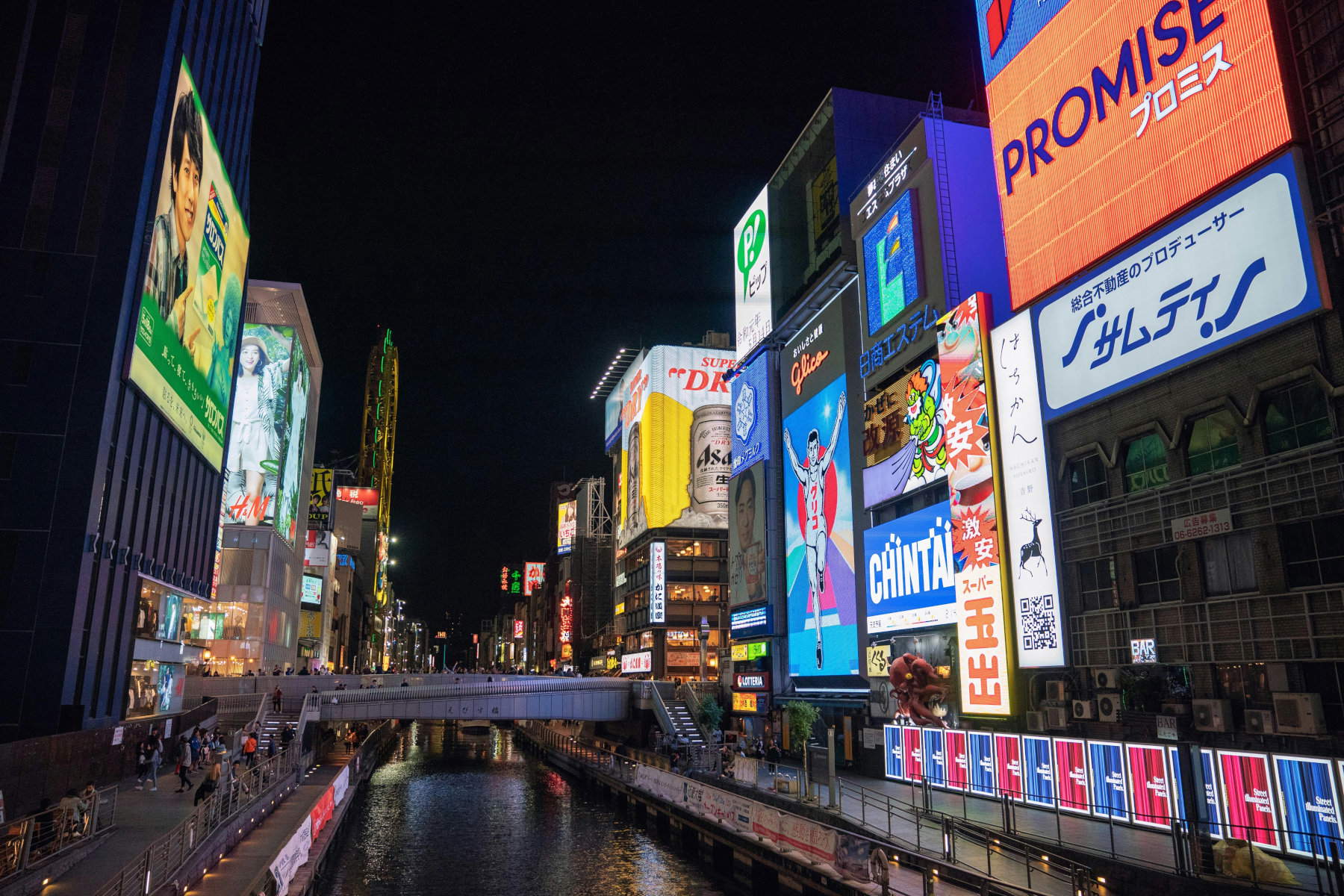
One of the central events of the new year is the return of the Setouchi Triennial, a major event in the context of Asian contemporary art. After a three-year hiatus, the event makes its return by transforming 17 venues spread across islands and coastal locations into open-air exhibition spaces. The islands of Megijima, Ogijima, Teshima and especially Naoshima will host site-specific installations designed to intertwine with history, local traditions and the natural landscape. The theme chosen for the edition, Restoration of the Sea, underscores the curatorial intention to reflect on the relationship between humans and the marine environment, recovering forgotten narratives and enhancing local cultural heritage. The Triennial’s openings are scheduled at two separate times: from August 1 to 31 and then again from October 3 to November 9. During the periods, the islands involved will host new works, workshops, participatory events and educational initiatives, contributing to an articulated cultural experience.
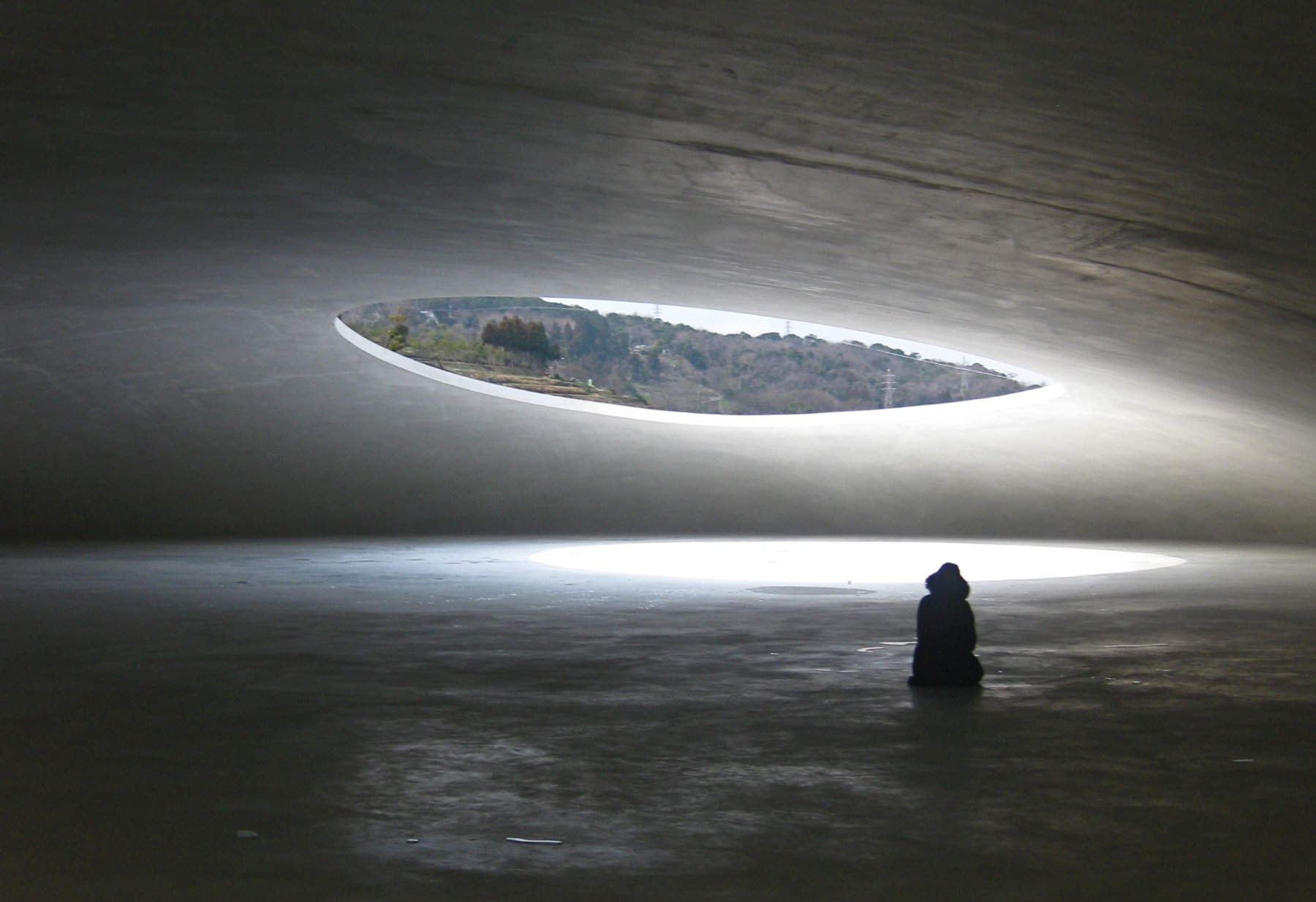
On the front of art disseminated in rural settings, theEchigo-Tsumari Art Field continues to be an established example of an outdoor museum. Located in Niigata Prefecture, the project spans an area characterized by mountainous landscapes and strong rural identity. The initiative aims to counter depopulation and revitalize declining communities through contemporary art. Starting May 1, the area will come alive with more than 200 permanent and temporary works by artists from around the world. The interventions will involve cultivated fields, forests, uninhabited villages and disused school buildings, generating a dialogue between creativity and nature. The curatorial approach emphasizes the sensory experience of the visitor, who finds himself exploring environments in which the aesthetic dimension merges with the memory of the land. Among the proposals, the daily tour through the area’s main installations takes the form of an opportunity to take a closer look at the interactions between art and landscape in a context still linked to a harmonious vision of the relationship between man and the environment. In Tokyo, art is also expressed through architecture and design. The Mori Art Museum is hosting a retrospective in 2025 devoted to Sou Fujimoto (Hokkaidō, 1971), a leading figure in the contemporary Japanese architectural scene. The exhibition analyzes the architect’s creative journey, paying attention to his formal language, which focuses on the integration of natural elements, light structures, and the modulated use of light. The museum, already known for its attention to new artistic trends, thus confirms itself as a privileged space to explore the design experiments of authors working on the border between art, architecture and philosophy of living. Also in the capital is the Tokyo DesignArt Festival, a multidisciplinary event scheduled from Oct. 31 to Nov. 9. The festival brings together heterogeneous languages ranging from art to architecture, product design to fashion, including experiences related to gastronomy, technology and sports. The initiative consists of a series of exhibitions and meetings distributed in different city neighborhoods, promoting a cross-cultural dialogue between material culture and future visions.
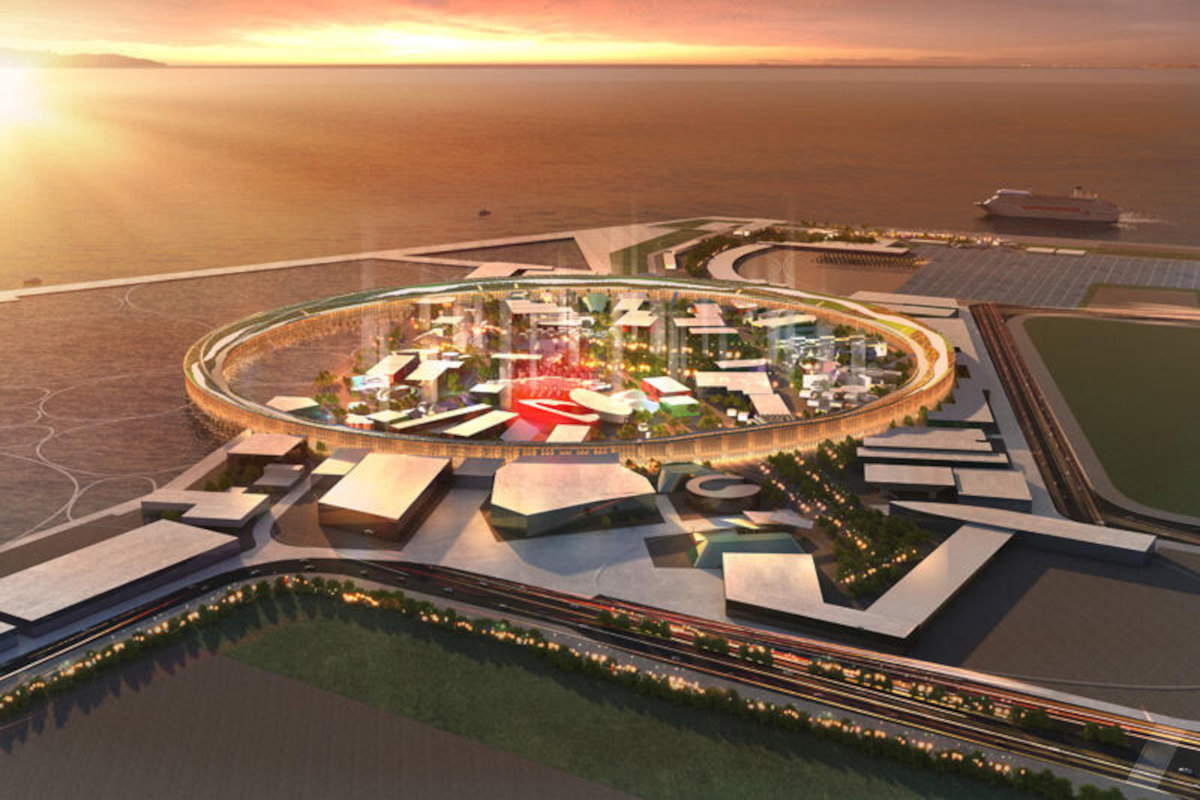
Another protagonist of 2025 is the TeamLab collective, internationally known for creating immersive environments that combine digital technologies, visual art and multisensory interaction. The group returns with two major projects. The first is teamLab: A Forest Where Gods Live, set up from July 18 to Nov. 3 at Mifuneyama Rakuen, in the heart of Kyushu Island near the Takeo Hot Springs. The exhibition is divided into six sections that include a garden, a pond, a cave and a forest, in which the light installations adapt to the natural landscape without changing it. The second proposal, teamLab Biovortex, will take place in the fall in Kyoto and will address the theme of the life cycle through an installation centered on a visual vortex capable of engaging the visitor’s body and perception.
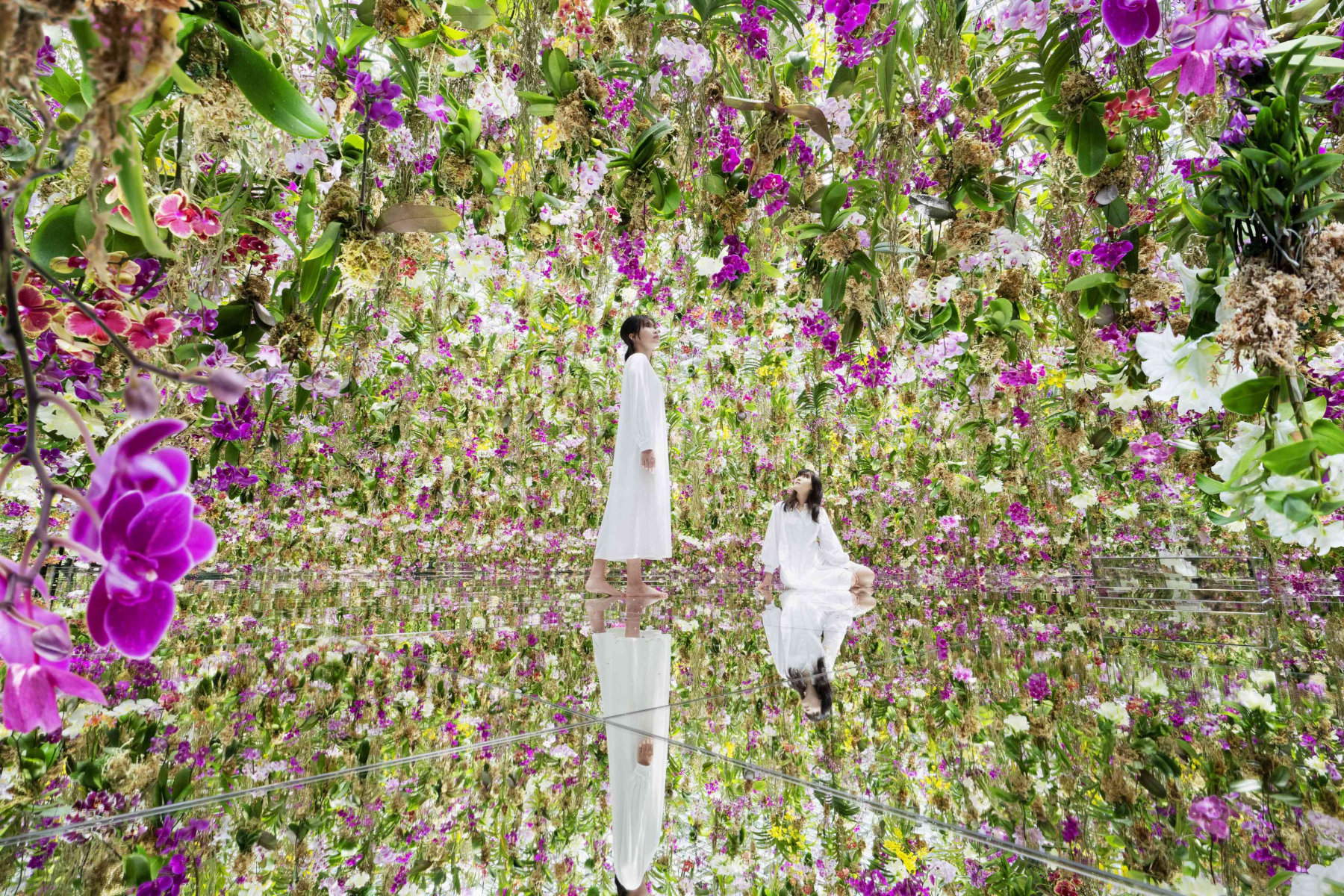
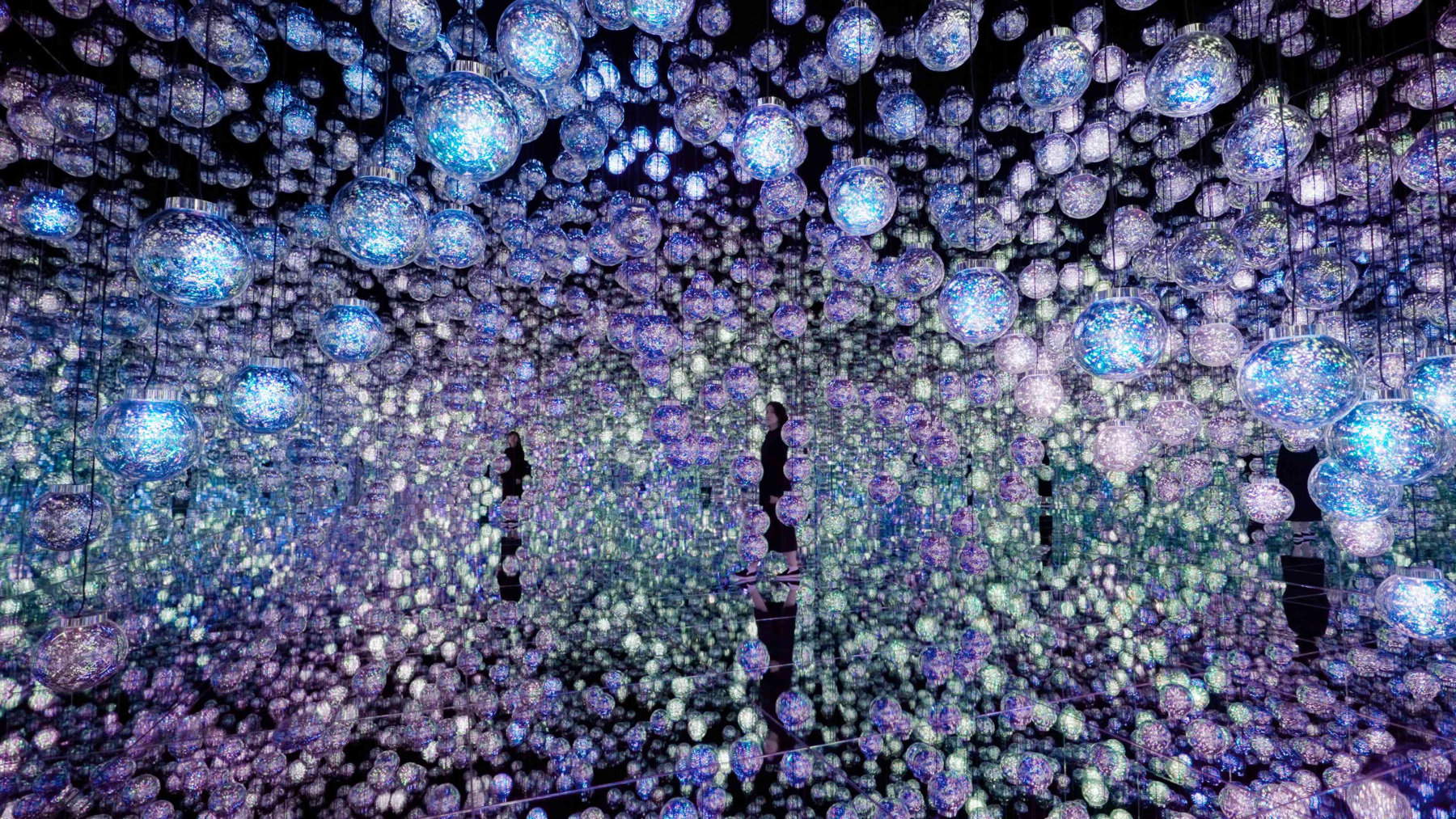
In parallel with Expo 2025, Osaka is hosting the Osaka Art & Design exhibition, running through June 24. The initiative involves more than 60 exhibition spaces scattered throughout the city and will feature more than 600 artists and brands from around the world. The goal is to make the city a widespread laboratory of creativity, where stores, businesses and public spaces are transformed into places of artistic production and enjoyment. Among the featured exhibitions, Sayaka Miyata ’s work explores the points of contact between art and the natural sciences through embroidery as a tool for existential inquiry. Also of special note is Ikehara Yuta ’s solo exhibition at the Abeno Harukas Tower Art Gallery. Her works, created through the assemblage of watercolors, photographs and textures, address the themes of reincarnation and metamorphosis, relating living beings, man-made elements and sound traces. Rounding out the year’s exhibition landscape, the Aichi Triennial will take place between Sept. 13 and Nov. 30. Titled A Time Between Ashes and Roses, the event will be held at three venues spread across the prefecture of the same name. The event aims to analyze the tensions of the present through a selection of works that reflect on processes of transformation and rebirth, investigating the possibilities of art as a critical tool. Finally, The Study: Osaka Kansai International Art Festival, running until Oct. 13, will provide a platform for reflection on the social impact of contemporary art. Through a multifaceted program including exhibitions, talks and urban interventions, the festival aims to promote the role of culture as an agent of change, capable of affecting urban dynamics and stimulating forms of cohesion among different components of society.
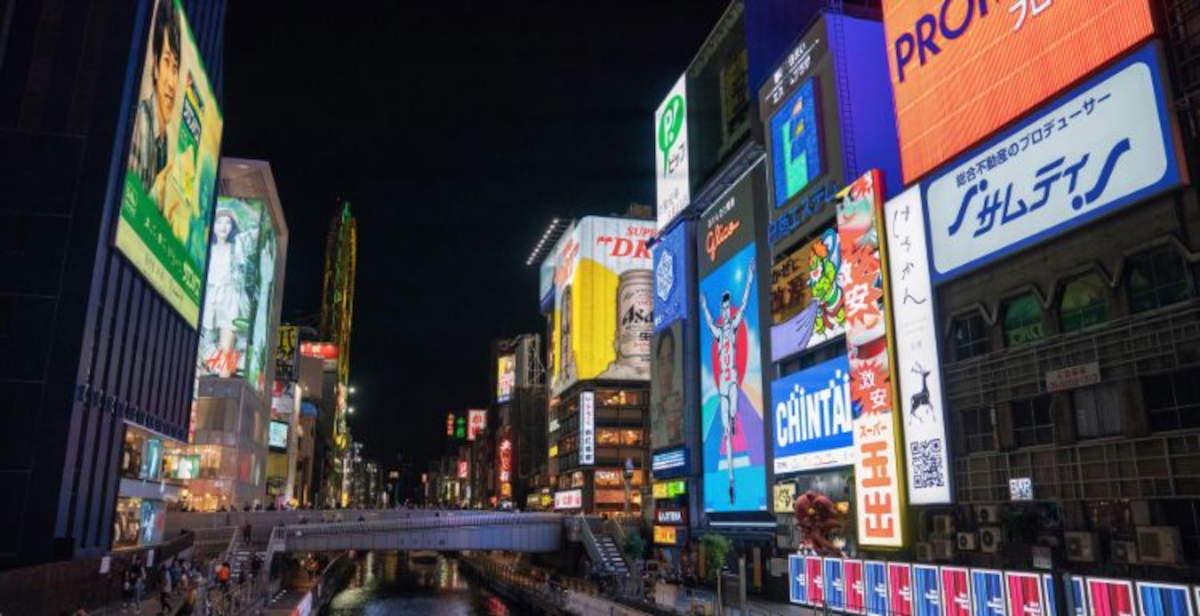 |
| Japan is told through art: exhibitions, festivals, and installations from north to south in 2025 |
Warning: the translation into English of the original Italian article was created using automatic tools. We undertake to review all articles, but we do not guarantee the total absence of inaccuracies in the translation due to the program. You can find the original by clicking on the ITA button. If you find any mistake,please contact us.